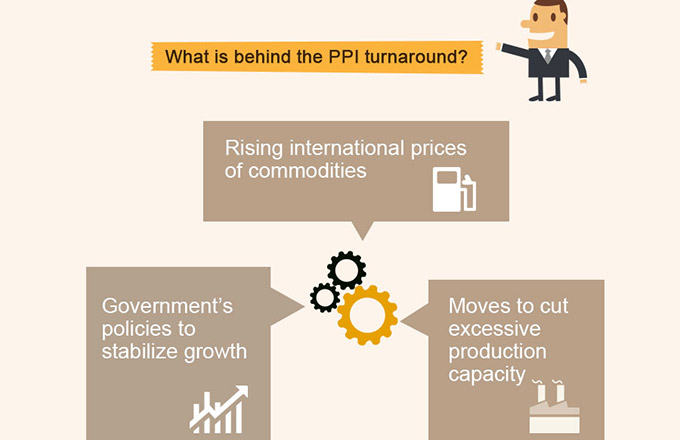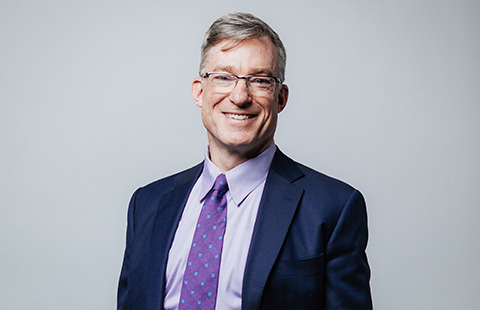Highlights of Wen's government work report
BEIJING - Following are the highlights of a government work report distributed to media ahead the annual session of the National People's Congress (NPC) Tuesday morning.
 |
|
Chinese Premier Wen Jiabao delivers the government work report to the annual session of the National People's Congress (NPC) at the Great Hall of the People in Beijing March 5, 2013. [Photo/Xinhua] |
-- Gross domestic product (GDP) grows about 7.5 percent.
-- Consumer Price Index (CPI) increase will be kept around 3.5 percent.
-- A deficit of 1.2 trillion yuan ($190.48 billion) is projected, 400 billion more than the budgeted figure last year and accounting for 2 percent of GDP.
-- Add more than 9 million urban jobs.
-- Keep the registered urban unemployment rate at or below 4.6 percent.
-- The government will work to ensure that real per capita income for urban and rural residents increases in step with economic growth.
Fiscal and monetary policies for 2013
-- China will continue to implement a proactive fiscal policy. The government will give priority to education, medical and health care, social security and other weak areas that are important to people's wellbeing.
-- China will continue to implement a prudent monetary policy. The target for growth of the broad money supply (M2) is about 13 percent.
Progress in past five years
-- China's GDP increased from 26.6 trillion yuan to 51.9 trillion yuan, now the world's second most, by an average annual growth of 9.3 percent.
-- Government revenue went up from 5.1 trillion yuan to 11.7 trillion yuan.
-- The per capita disposable income of urban residents rose by 8.8 percent annually, and the per capita net income of rural residents rose by 9.9 percent.
-- Energy consumption per unit of GDP fell by 17.2 percent.
-- Total chemical oxygen demand, a key index for water quality, fell by 15.7 percent.
-- Total sulfur dioxide emissions fell by 17.5 percent.
|
 |
-- The government spending on education totaled 7.79 trillion yuan over the past five years and increased annually by 21.58 percent to reach 4 percent of GDP in 2012.
-- The basic old-age insurance system now covers both urban and rural residents, with a total of 790 million people joining various old-age insurance schemes.
-- A basic medical insurance system that covers the whole population is taking shape, and over 1.3 billion people are now covered by different medical insurance schemes.
-- The average life expectancy reached 75 years.
















